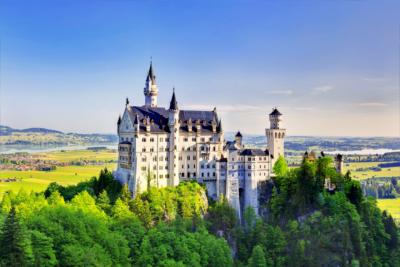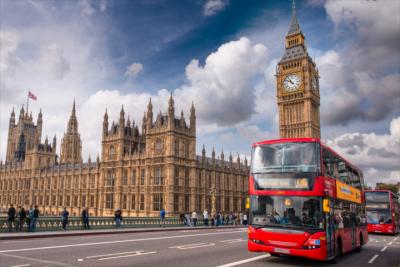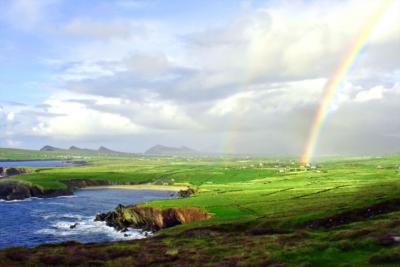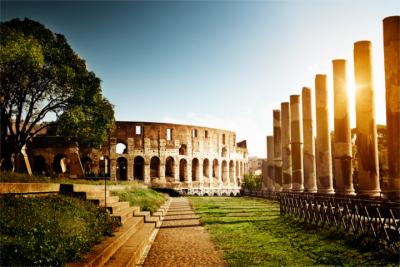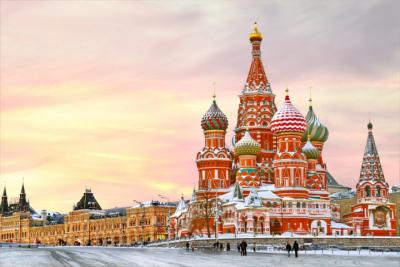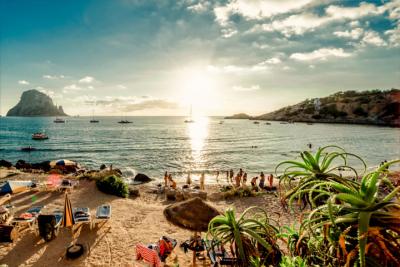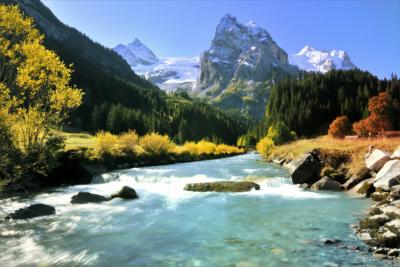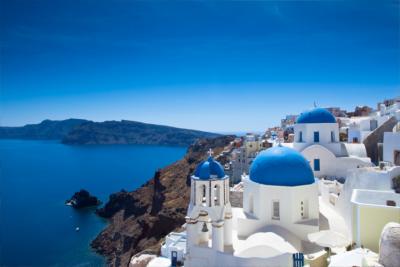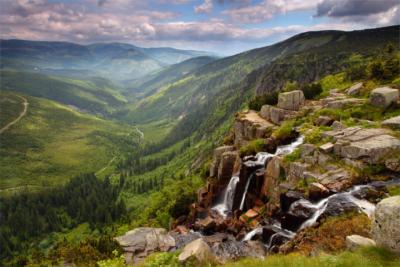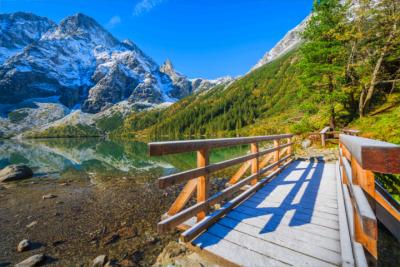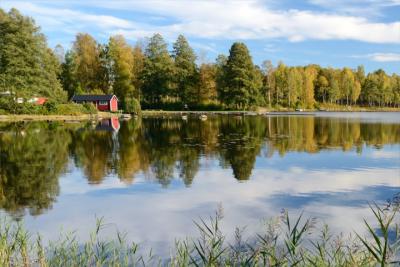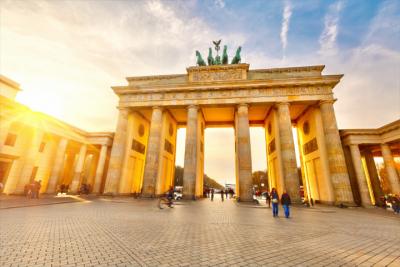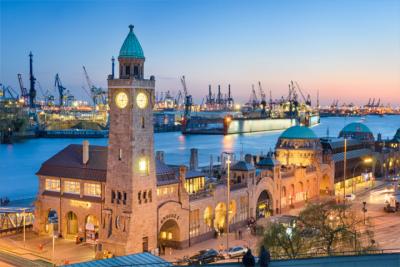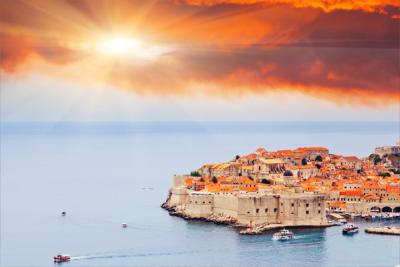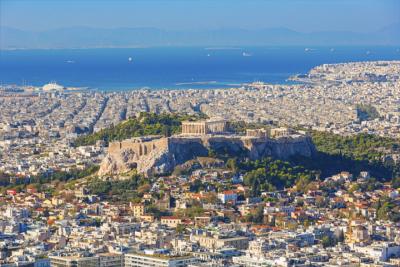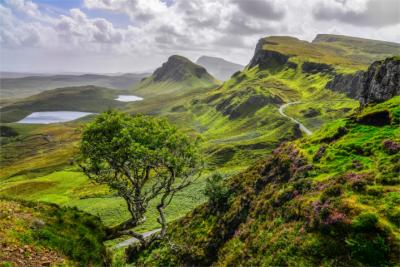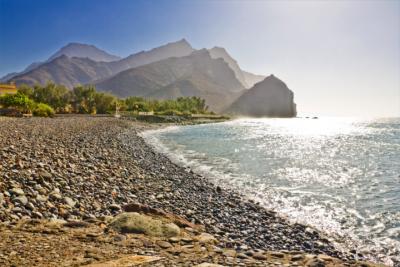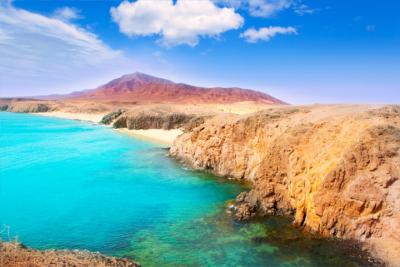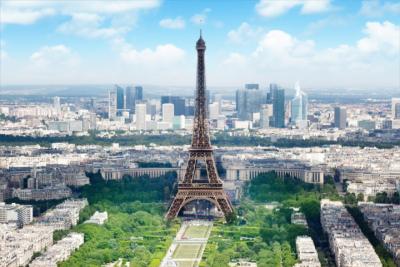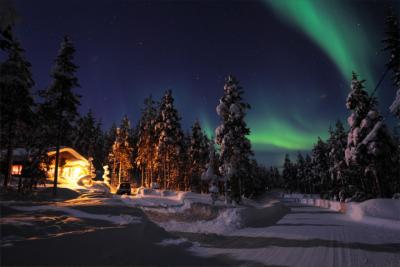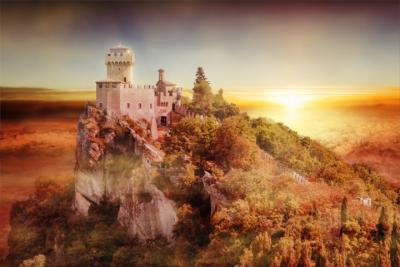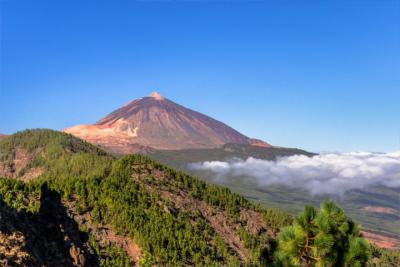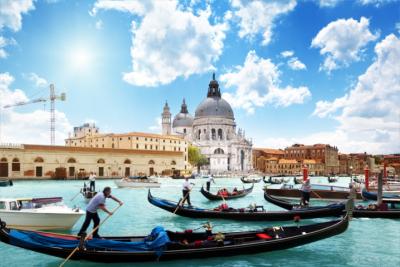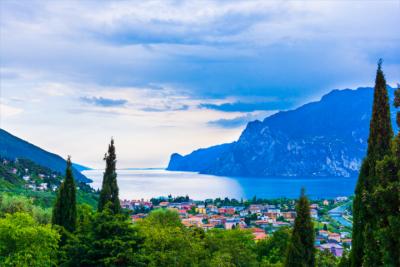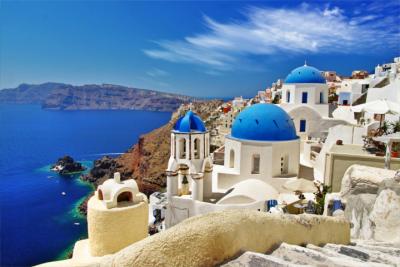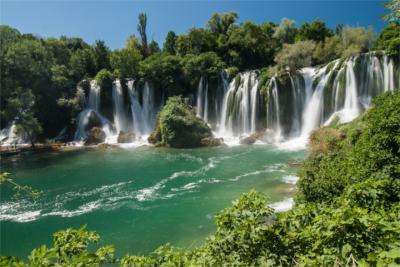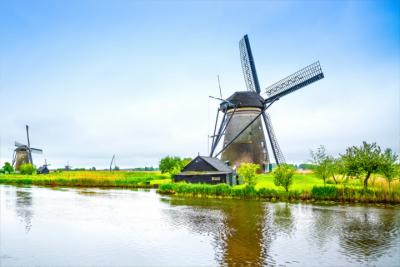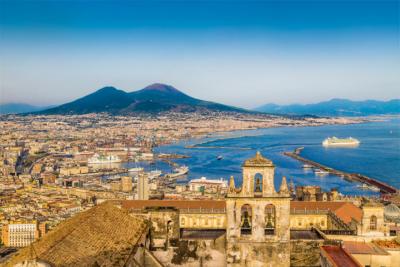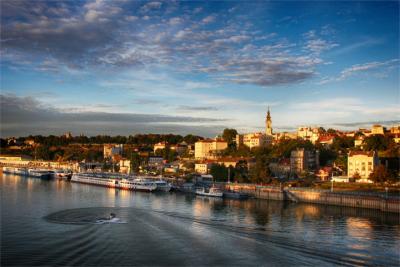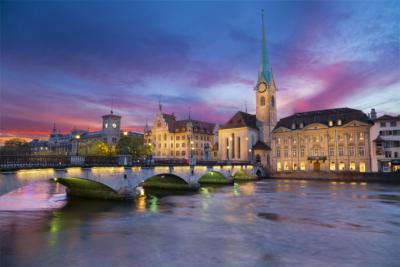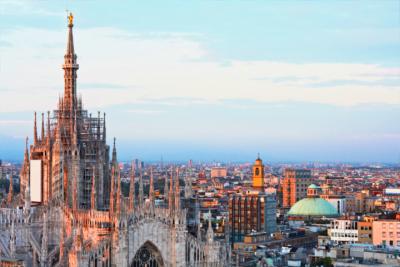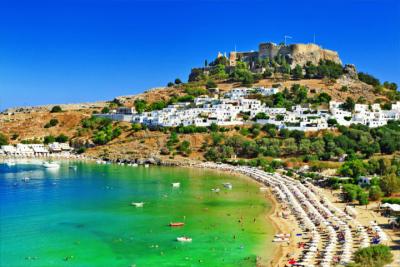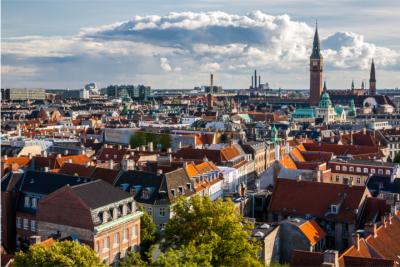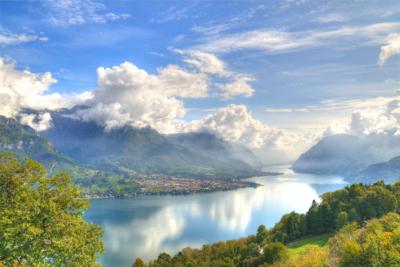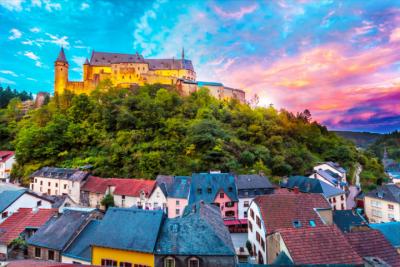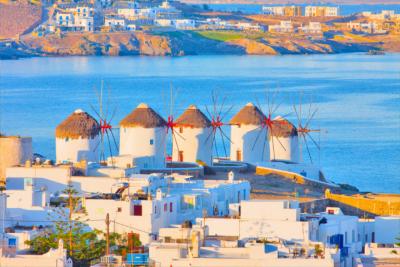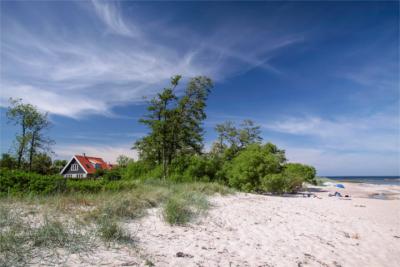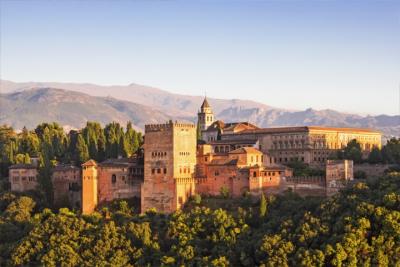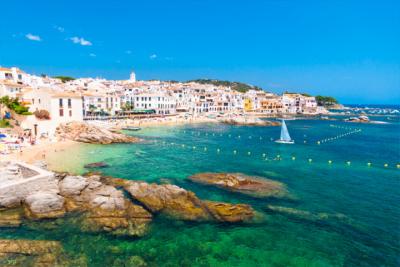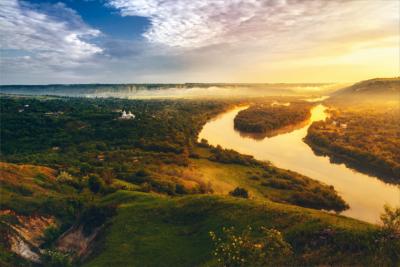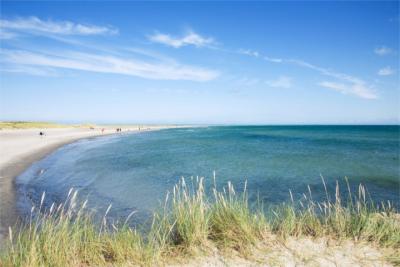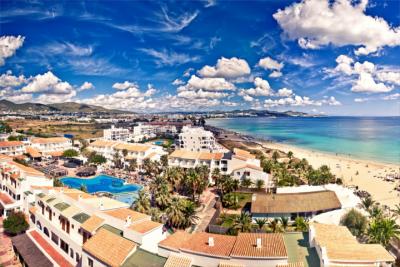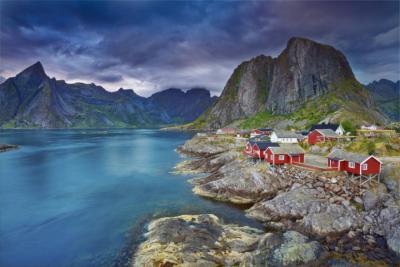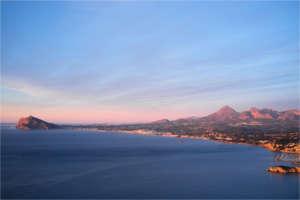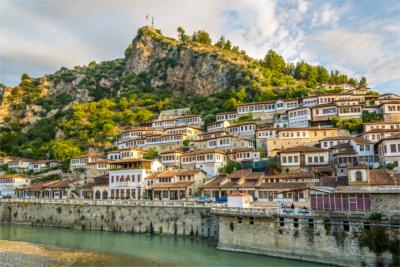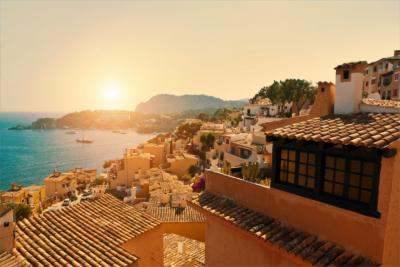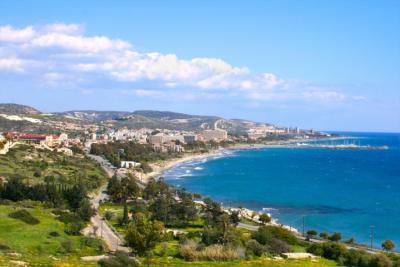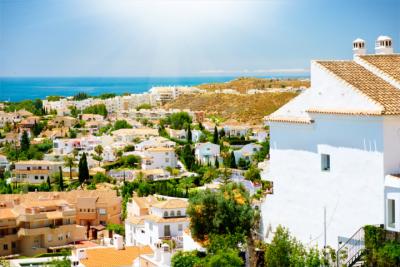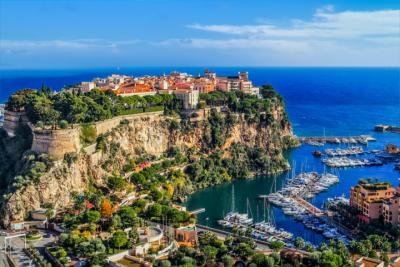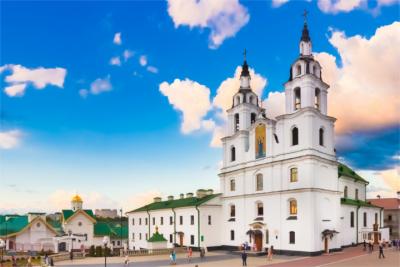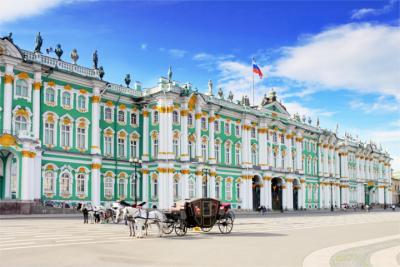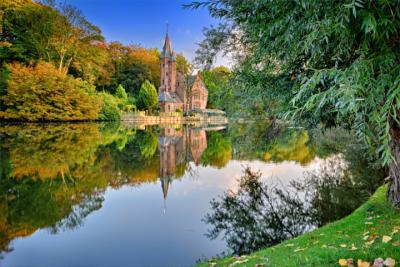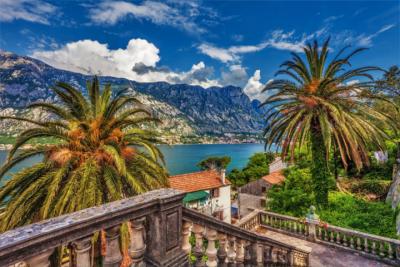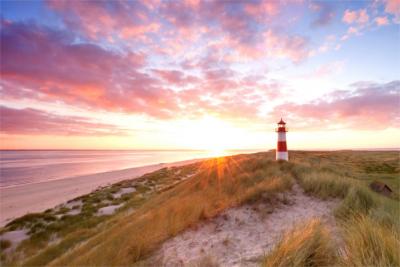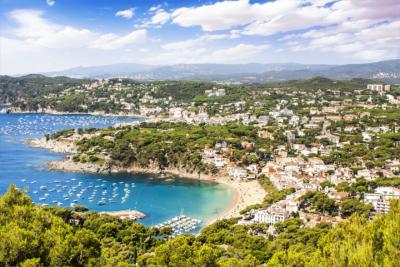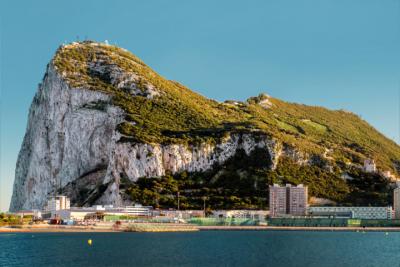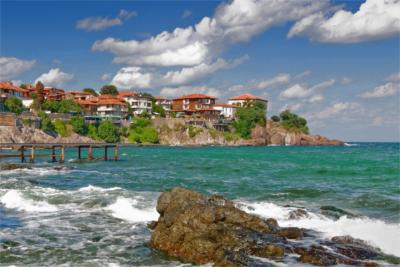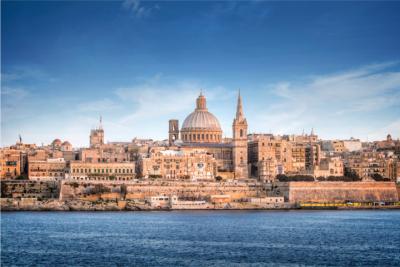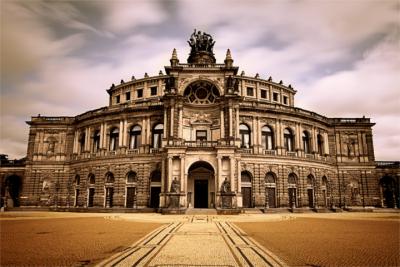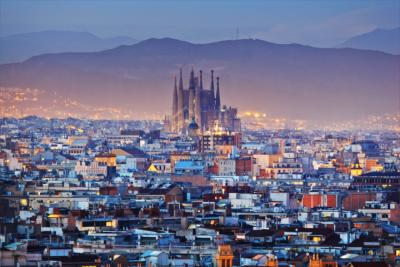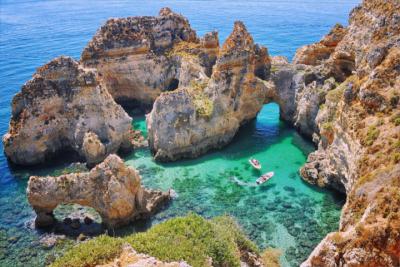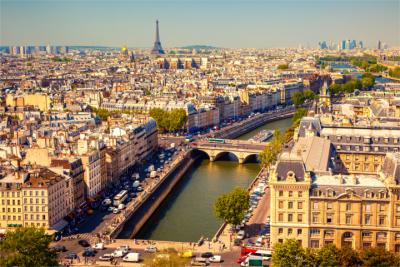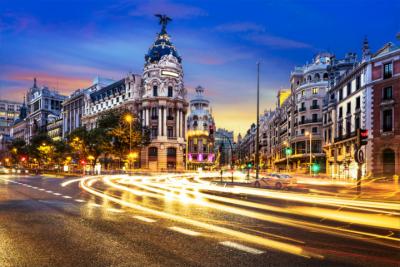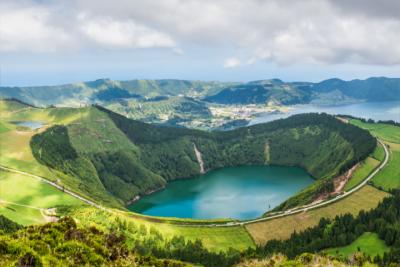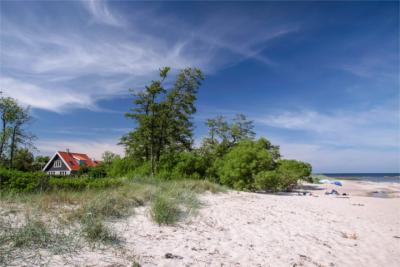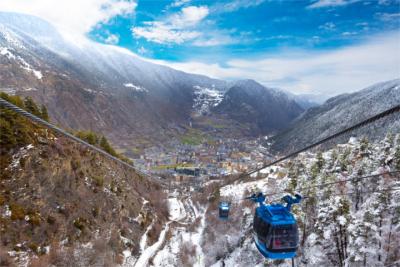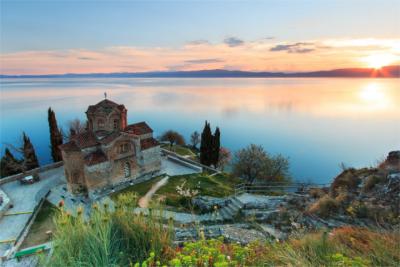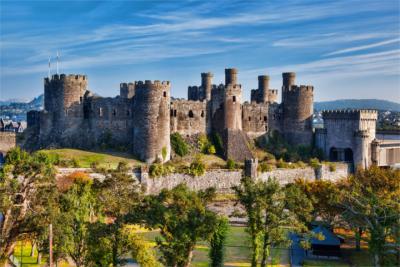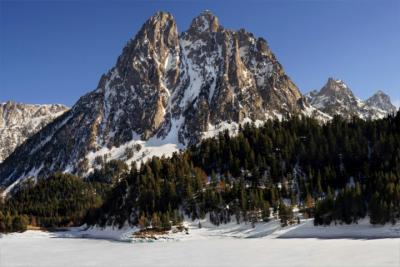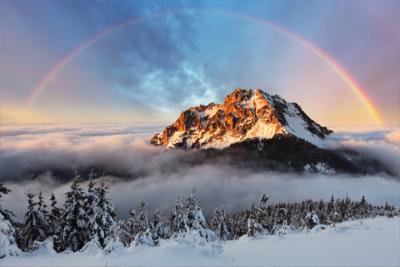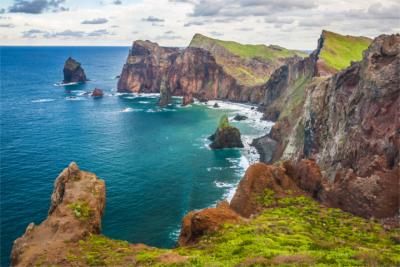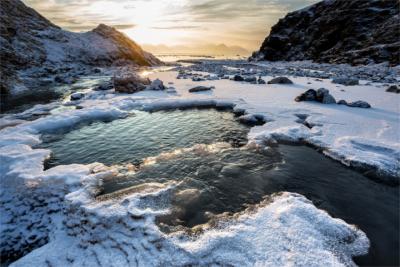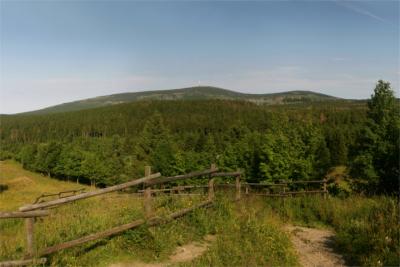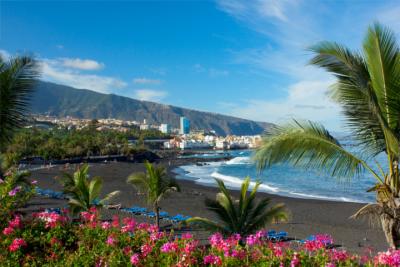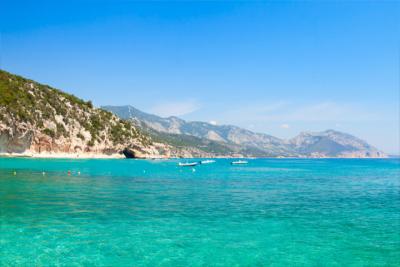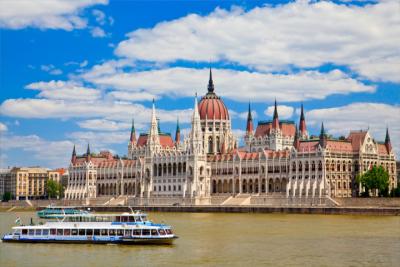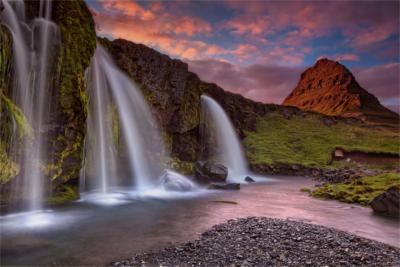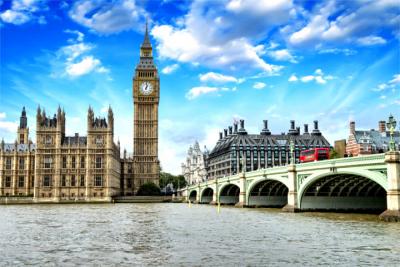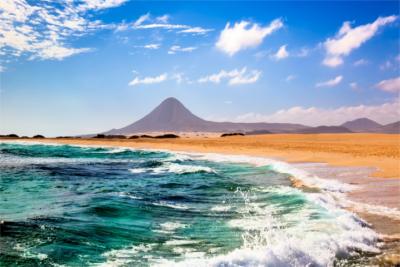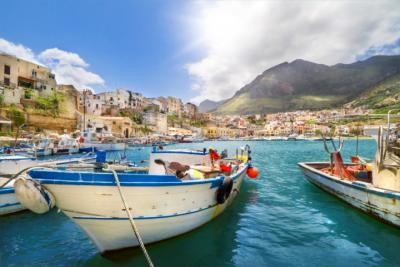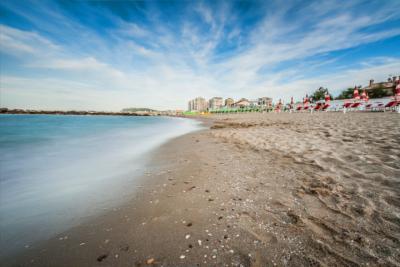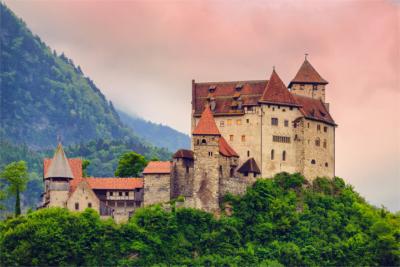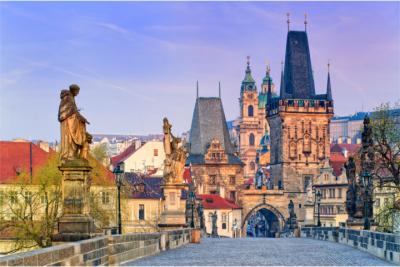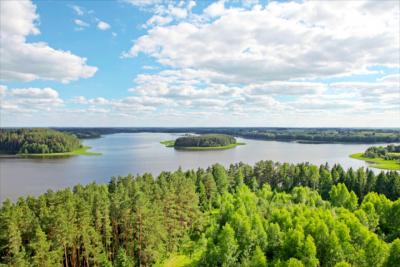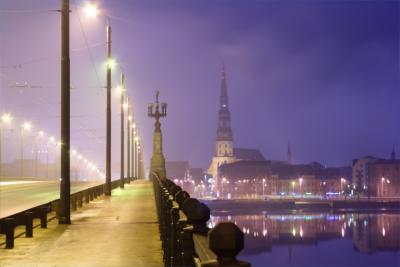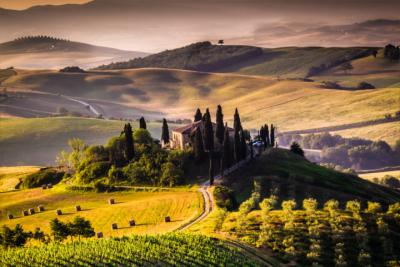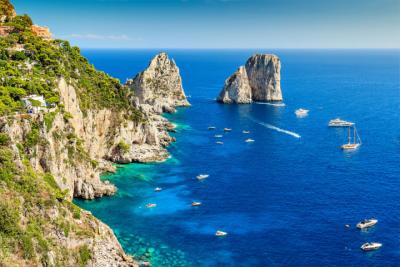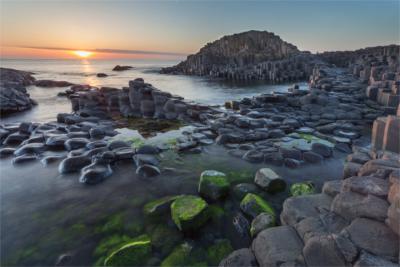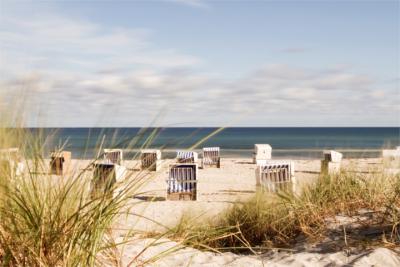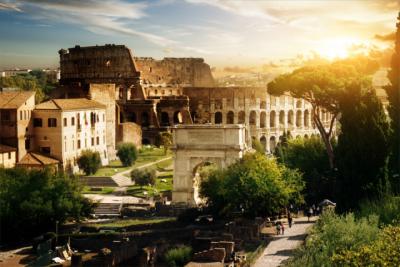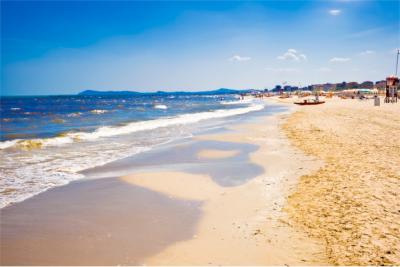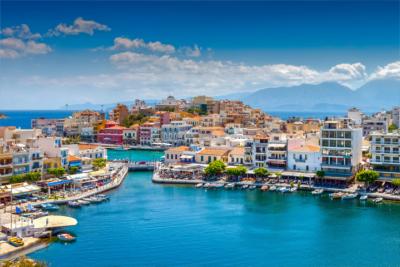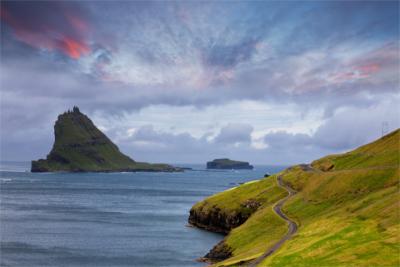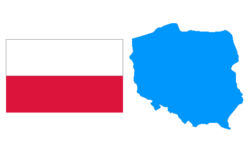Travel Offers
Travelmyne Featureprint
Distance
Poland - Between Masuria and the Tatra Mountains
The endless Masurian Lake District, the white peaks of the Tatra Mountains and the wild beaches at the Baltic Sea - Poland offers an abundance of unbelievably beautiful landscapes and promises the magic of old medieval cities such as Gdańsk, Kraków and Warsaw.

Geography - Central Europe at the Baltic Sea
Poland lies in Central Europe and borders on Lithuania, Belarus and Ukraine in the east, on Slovakia and Czech Republic in the south, on Germany in the west and on Kaliningrad Oblast and the Polish Baltic Sea in the north. The country is divided into 16 Voivodeships (provinces). Poland's biggest city is its capital Warsaw. However, the historical cultural cities of Gdańsk and Kraków are of more interest to tourists. The climate is generally classified as a temperate transitional climate. While the north-west is mainly dominated by oceanic climate, there is continental climate in the south-east.

Nature - Deep forests and untouched coasts
Poland has six different landforms. In the north, you see the coastal areas and the hilly districts. They are followed by the lowlands. Further south, you find the plains, which are followed by the foothills and the mountains. Poland is rich in different mountainous areas. There are the High Tatras, the Sudetes, the Holy Cross Mountains (Świętokrzyskie Mountains) as well as the Eastern Beskids and the Ukrainian Carpathians. About 27 percent of the country's area are covered in forests. Stone pines, beeches, oaks and spruces are the most common types. Some forest land has never been cleared by people. In these jungles, you can still feel the country's nativeness. Poland is one of the countries with the most lakes worldwide, Finland being the only European country which has more lakes than Poland. Its river system is vast as well and offers a number of leisure opportunities. The longest river is the Vistula with 1,022 kilometres of length. The Oder crosses Poland on an area of over 840 kilometres. Poland's Baltic Sea coast is about 528 kilometres long and a real crowd puller, especially in summer. Poland is the most biodiverse country in the whole of Europe. In addition, its thick forests are home to many species of animals which have gone extinct in neighbouring countries. Special members of Poland's fauna are wisents, brown bears and wild boars.

Natural sights - The Tatra Mountains and Masuria
There are over 20 fascinating national parks in Poland. One of the most beautiful ones is the Pieniny National Park. High, rugged mountains and exciting, white limestone gorges constitute a memorable sight. The park's 15,000 animal species can best be watched on a raft trip along the Dunajec river. The Bieszczady National Park is equally impressive. Wolves and wildcats slink through the undergrowth in the south-east of the country and the gigantic Lake Solina extends over an area of 2,200 hectares. Travellers find the highest peaks in the scenic Tatra Mountains. Snowy mountains, magical waterfalls and sparkling green mountain lakes such as the Morskie Oko ("Eye of the Sea") constitute one of the country's most beautiful landscapes. The best-known Polish natural landscape is probably the Masurian Lake District with over 3,000 lakes on an area of 1,700 km². Śniardwy is the largest Masurian lake with an area of 114 km². Besides recreation and relaxation, the region also offers a variety of water sports opportunities.

Culture - The medieval power
Poland's history dates back to early times. In the Middle Ages, the country became one of the most powerful and influential countries on earth as the Kingdom of Poland. Important trade ports and significant universities were located here. The steady decline started in the 17th century. The oppression of the population was the beginning of a long fight for independence. However, the Polish only managed to be independent for short periods of time. It was not until 1989 that Poland became free and independent - as the 3rd Republic. Landmarks of this new era are numerous skyscrapers and the monumental building of the Palace of Culture and Science in Warsaw. The true heart of culture, however, still beats in historical cities like Gdańsk and Kraków. The Polish have a marked sense of solidarity and family. They value the latter more than career and wealth. Furthermore, they pride themselves on being great hosts and friendly neighbours.
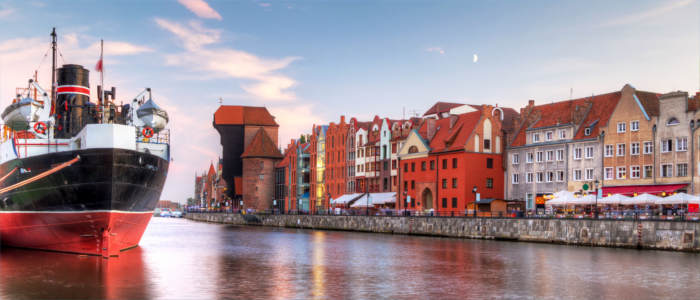
Cultural sights - The magic of the Middle Ages
Poland accommodates so many cultural highlights that only a few of them can be mentioned here. Europe's greatest redbrick house, Malbork Castle, is located near Malbork and has been part of the World Cultural Heritage of the UNESCO since 1997. The town of Zamość is also listed by the UNESCO. Its spectacular Renaissance buildings earned the city the name "Padua of the north". Poland's most beautiful city is the medieval city of Kraków, the country's "unofficial capital". For over 500 years, Kraków was the country's royal city and is has kept a lot of its medieval charm. The great Cloth Hall in the main square, St. Mary's Basilica from the 14th century and St. Mary's Trumpet Call (Hejnał Mariacki), which you hear every full hour, are a must for every visitor. Another worthwhile destination is the seaport city of Gdańsk at the Baltic Sea. The museum ship SS Soldek, the Long Market and Żuraw - a medieval port crane from the 14th century - remind of the country's former economic power. If you want to see even more medieval sights, you should visit Toruń's old part of town (a UNESCO World Heritage site). It is the city of Nicolaus Copernicus' birth and most of its redbrick houses in Gothic style could be preserved.

Experience - Hearty Polish delicacies
Poland's cuisine is hearty and native. The Polish love eating meat in all kinds of varieties. No one really knows how many types of sausage and cold cuts there are exactly. Beef, poultry and pork are regular ingredients of Polish dishes. Besides the hearty soups and stews, well-known specialities are Kopytka (potato dumplings), Mizeria (cucumber salad with dill and cream) and Żubrówka (vodka with bison grass). Vodka is still Poland's national drink but a variety of delicious types of beer is now produced as well. Visitors can also go shopping in Poland all day and night. As there are no set opening hours in Poland, the big shopping centres are opened 24/7. Glassware, Warsaw poster art and garden gnomes are sold all over the place. However, travellers should not forget taking some culinary highlights home as souvenirs, for example the Toruń gingerbread or sausage specialities. After you have filled your bags, you can indulge in the Polish nightlife. The most lively location is the university city of Kraków. Bars, pubs, clubs and underground parties string together here.

Activities - Through the green country by bike
Over 10,000 lakes offer excellent conditions for canoeing, kayaking or pedalo tours, while wind and kite surfers enjoy themselves in the Masurian Lake District or along the Baltic Coast. A truly exciting experience is a trip along the kayaking route in the labyrinth of Narew and Biebrza. Beginners can earn their stripes here and professional athletes can spend days on Poland's waters. Hikers can choose between over 9,000 hiking trails all over the country. Particularly worthwhile destinations are the Tatra and the Bieszczady Mountains. Visitors can also explore Poland by bike. The vast network of bike ways is still being developed further, especially the Greenways are highly recommended. Winter sports fans do not go short either. The numerous skiing areas in the Tatra Mountains and the Krkonoše offer skiers and snowboarders a fascinating view of the region. An extraordinary sight is provided by the iceboats in the Masurian Lake District.

Information
The best time for travelling Poland is the summer from May to September. Every region can be explored at that time. If you are planning on travelling Warsaw in winter, you should keep in mind that it can get very frosty in the capital.
Poland is a must for lovers of nature and a highlight for every visitor who cannot resist the charm of medieval cities. In both summer and winter, active holidaymakers get their money's worth and families enjoy themselves at the beaches at the Polish Baltic Sea.

